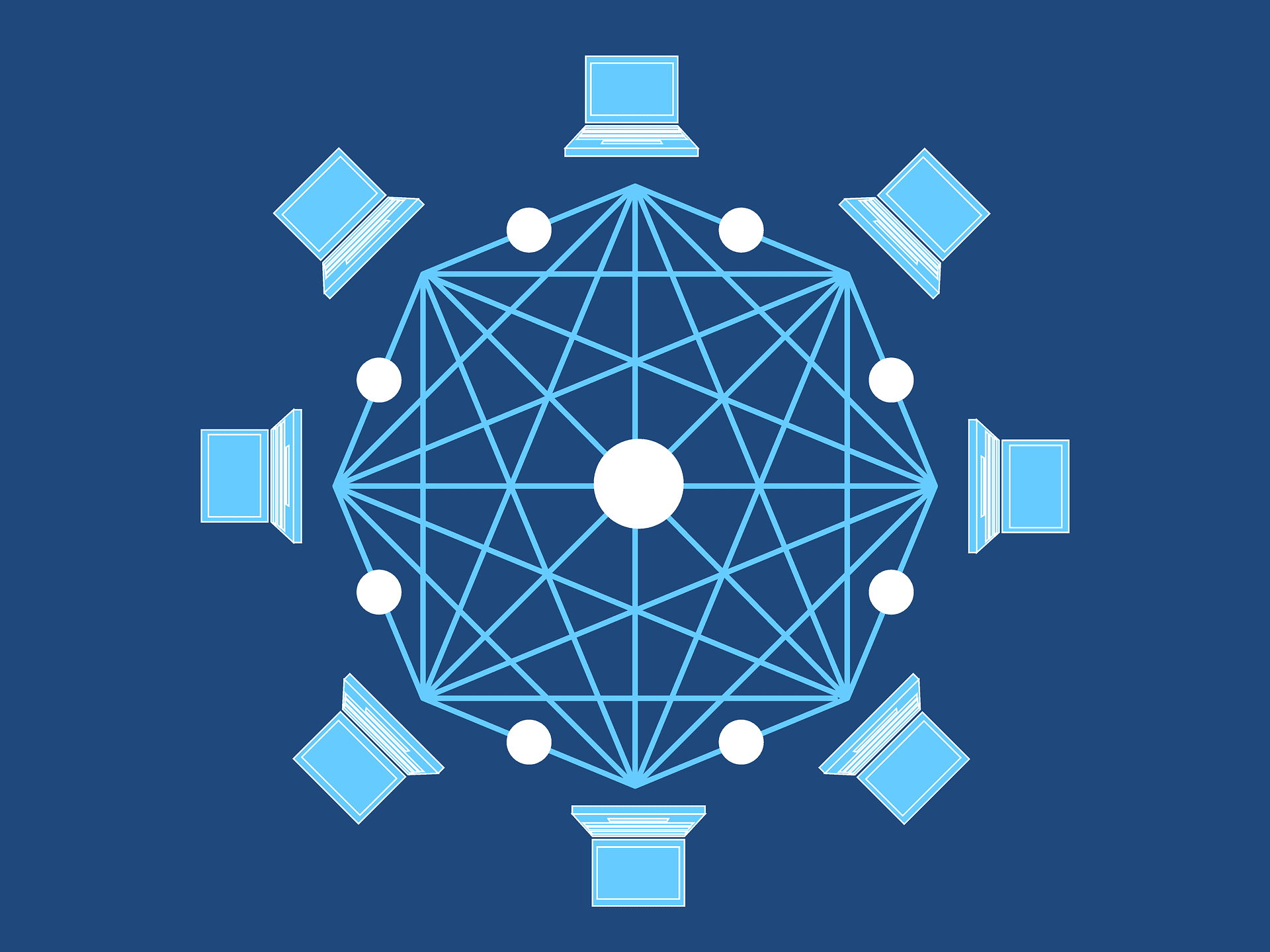
Can Blockchain Help Resolve Modern Slavery in Supply Chains?
Blockchain can be used to create a record of transactions for anything of value. It is increasingly used to prove the integrity of commodities, tracing their supply chain journey from the source to the end user. For example, together with a Fijian fishing company and a technology company based in the United States, the World Wildlife Fund in Australia, Fiji and New Zealand piloted the use of blockchain to track tuna, showing when and where it was caught (Visser & Hanich, 2018). Their aim was to verify that companies and consumers are selling or buying tuna that is sustainably caught and free of slave labor. As blockchain is widely touted as a means to address modern slavery, this article explores the implications for companies engaged in multinational and transnational activities.
Blockchain Technology and Modern Slavery
Blockchain is best thought of as a public ledger, distributed through a peer-to-peer network where participants validate transactions and maintain a copy of the ledger. Changes to the ledger can only be made through agreement among blockchain participants. This process is underpinned by a consensus protocol, which determines who gets to validate a transaction. Decision makers could be all the blockchain participants, a majority, a select few, or a random selection. Once a transaction is validated, an irreversible record of that transaction is created. These records are called blocks and are chained together chronologically. While blockchain was designed as a ledger for cryptocurrency transactions, it can record transactions of anything of value.
In supply chains, blockchain can provide information about the provenance of goods. This can be beneficial to companies and their stakeholders, as the oversight of companies on the origin of goods in their supply chains is often limited, especially where it concerns cross-border sourcing. Because of this companies are at risk of being connected to modern slavery (Stringer & Michailova, 2018). For example, the demand for cobalt – a mineral used in the production of phone and laptop batteries – has been met by people trapped in modern slavery (Frankel, 2016). Modern slavery includes forced labor (involuntary work under the threat of punishment); bonded labor (work to pay off a debt while losing control over conditions and repayments); trafficking (the movement of people for exploitation); and child slavery (exploitation of children for someone else’s gain) (Nolan & Boersma, 2019).
It is crucial to see modern slavery through the prism of broader labor rights. While some engage in work that from the outset involves adverse conditions, others engage in work with the expectation of decent conditions but find that circumstances worsen without avenues for exit. When abuses such as non-payment of wages and benefits, unfair dismissals, forced and unpaid overtime, and the denial of freedom of association and collective bargaining are prevalent and left unchecked, more severe forms of exploitation can develop (Nolan & Boersma, 2019). Using blockchain, companies engaged in multinational and transnational activities may gain insight into the conditions in their supply chains and (the risk) of modern slavery. Yet, transferring this technology from a cryptocurrency context to a supply chain setting is not without difficulties. We identify five challenges for the use of blockchain to address modern slavery: verification, inclusion, trust, privacy and normativity.
Read more here.
